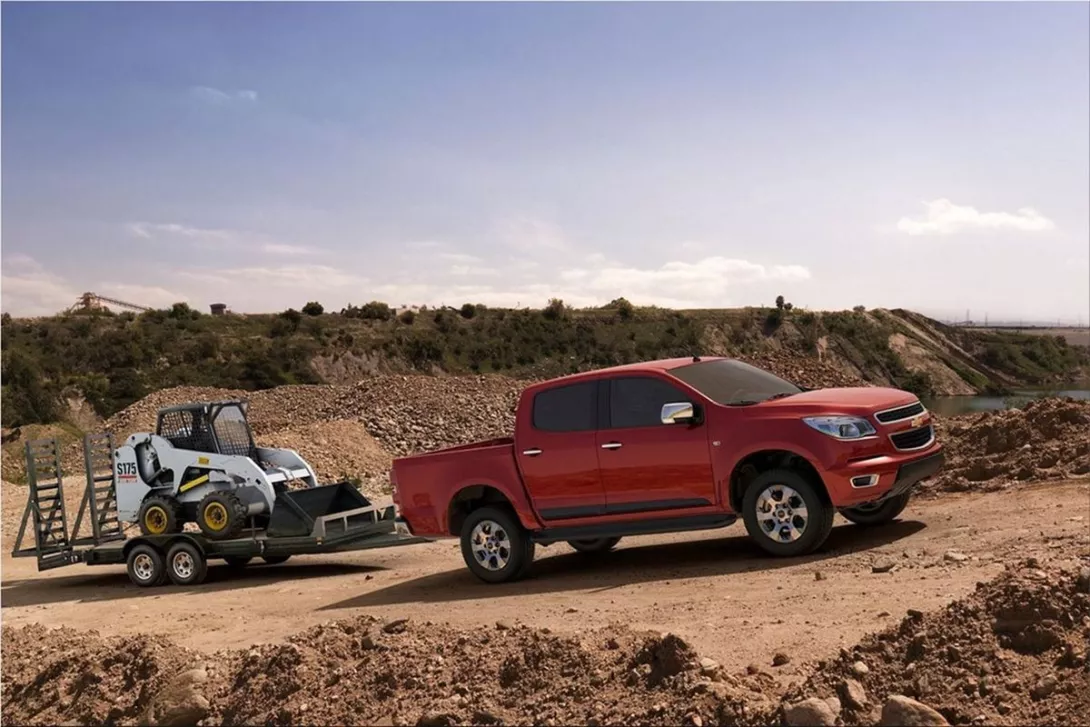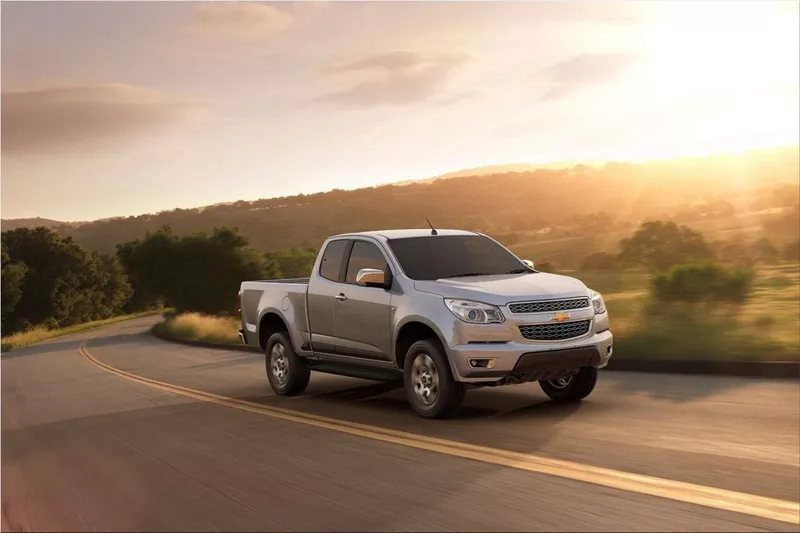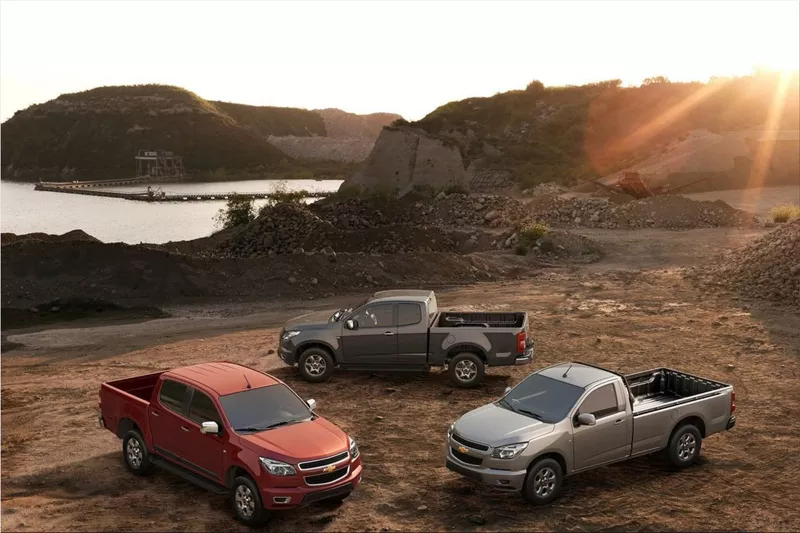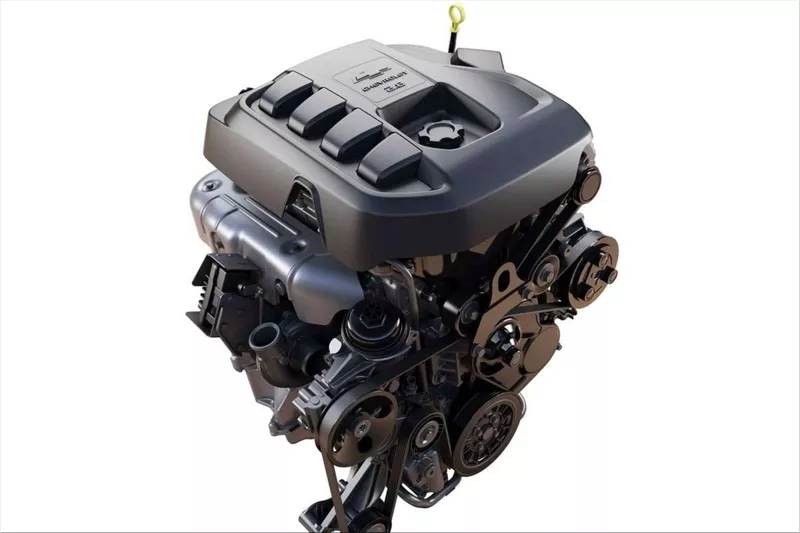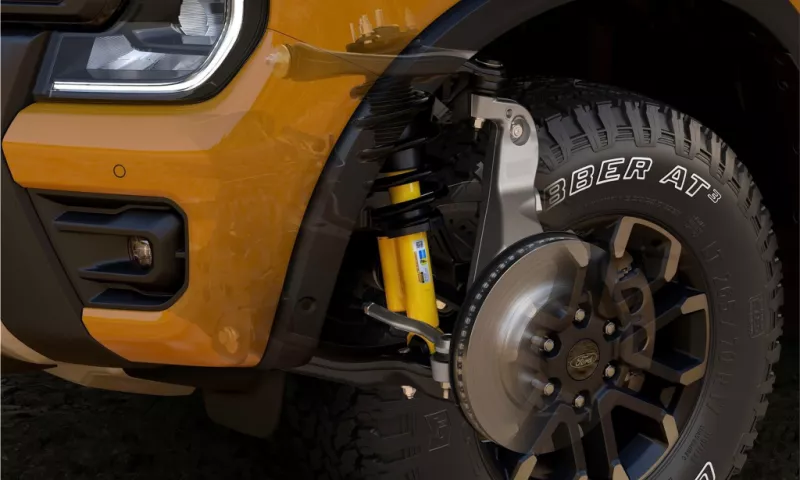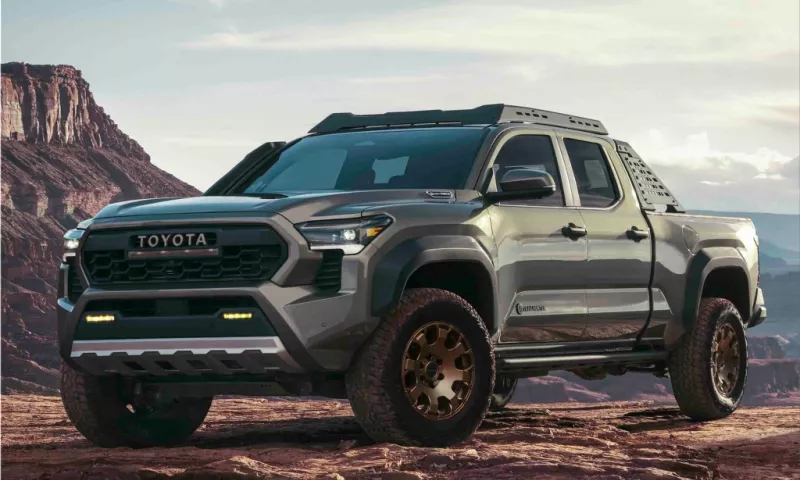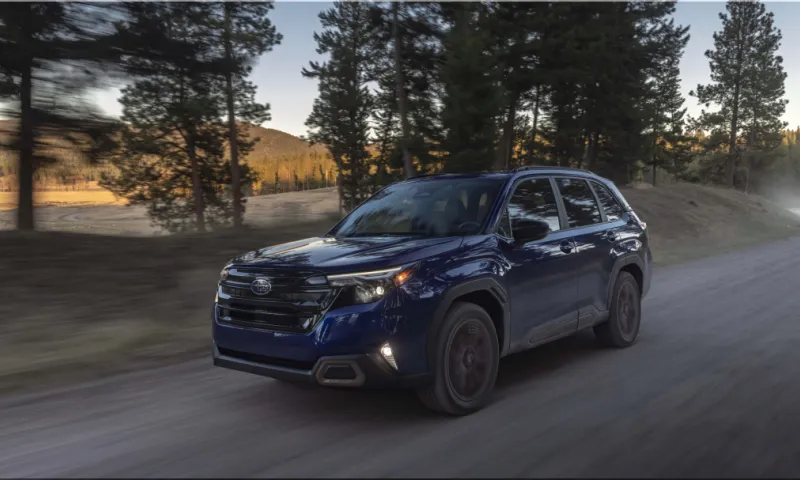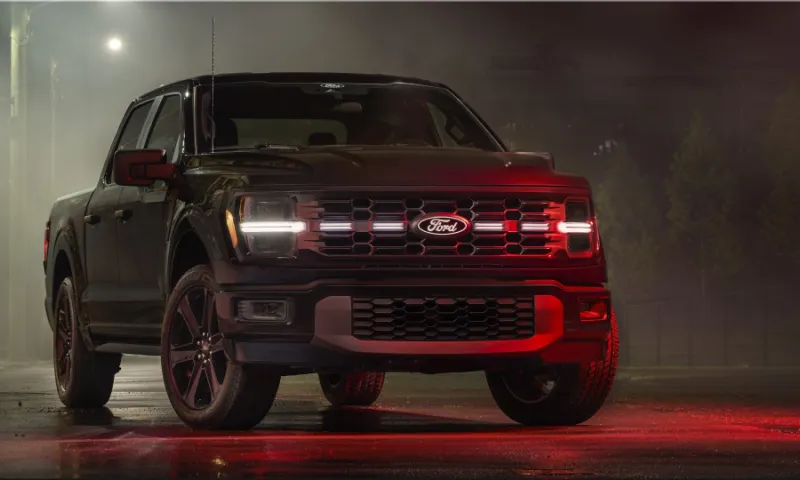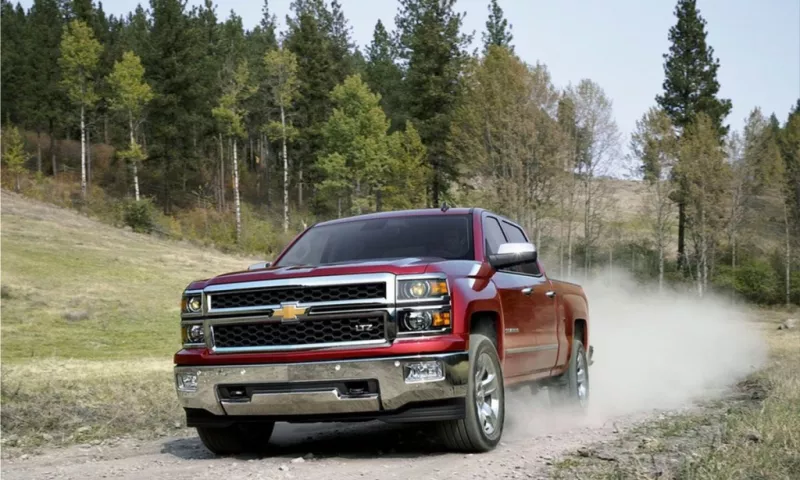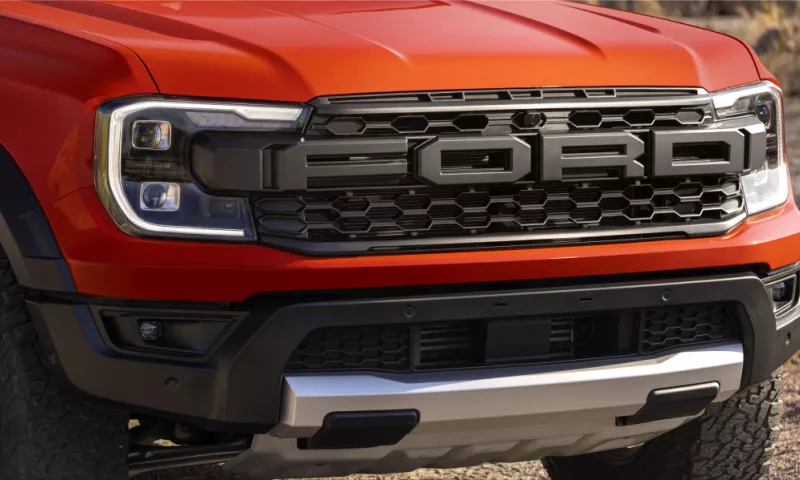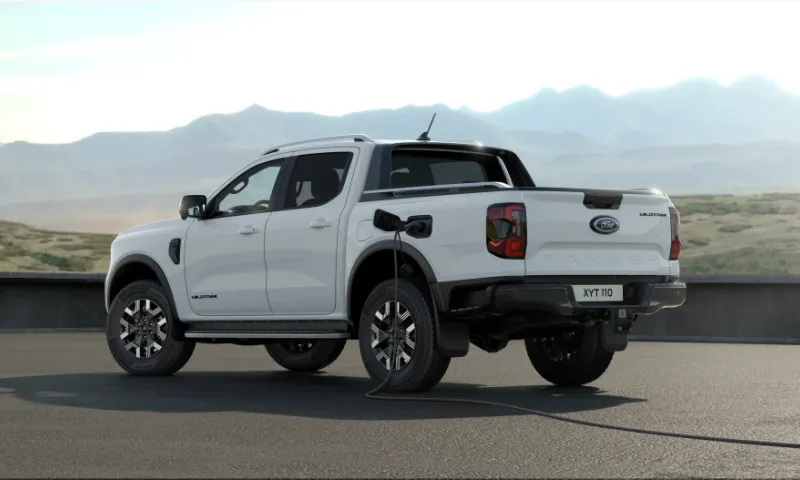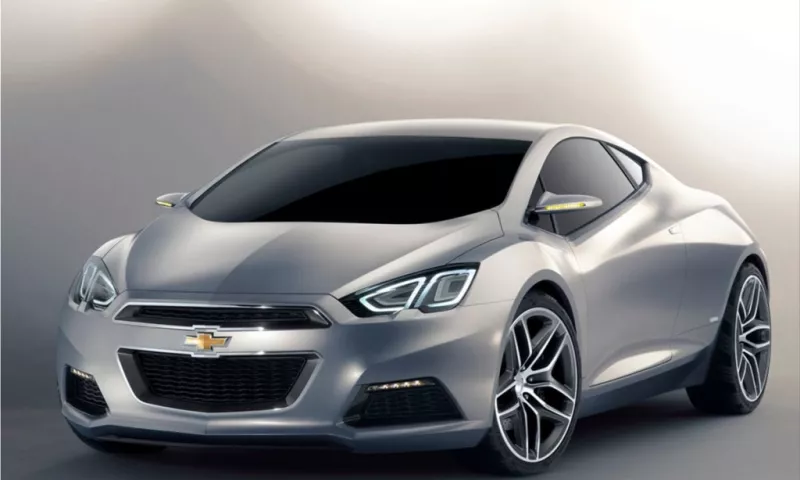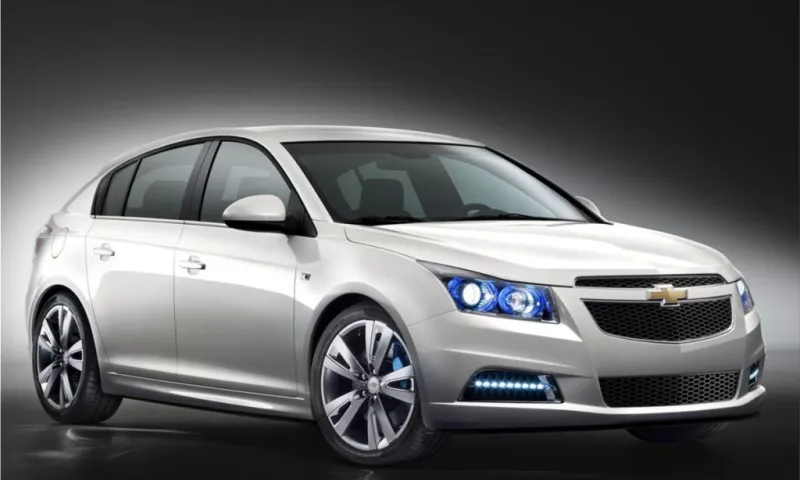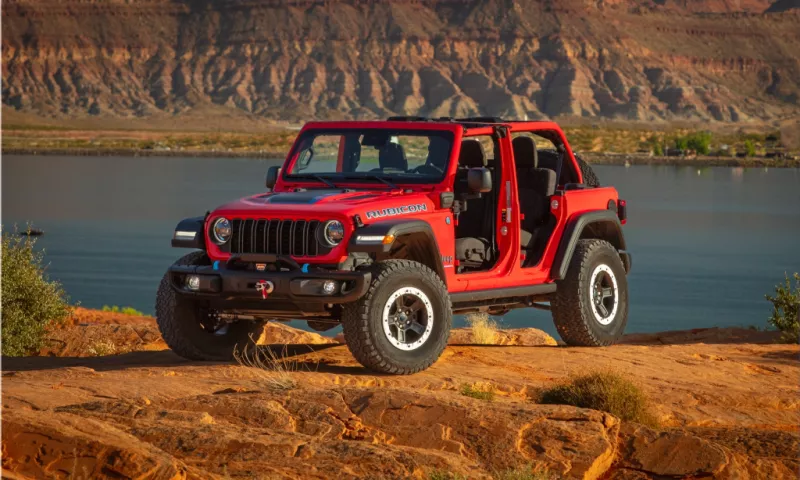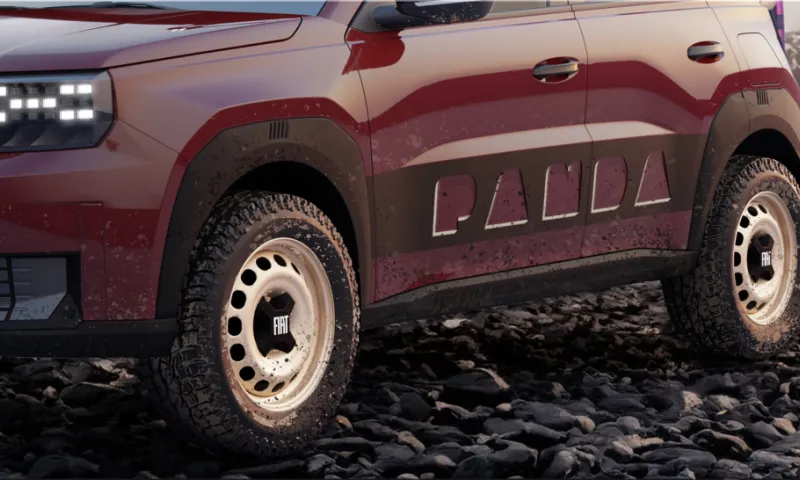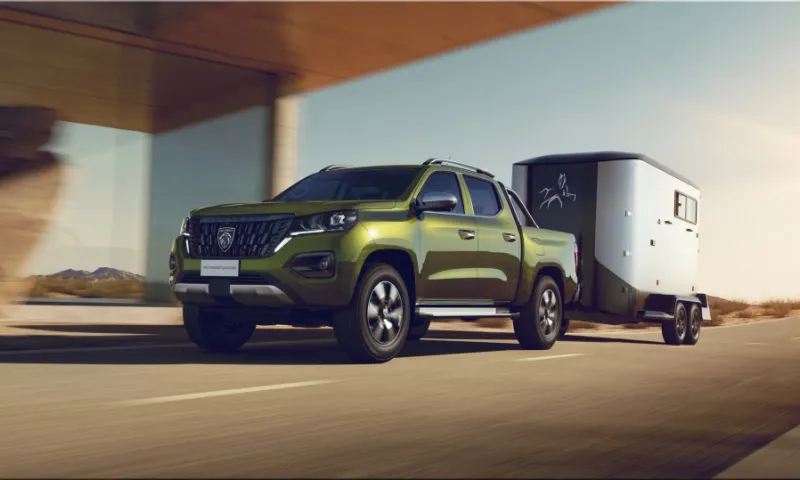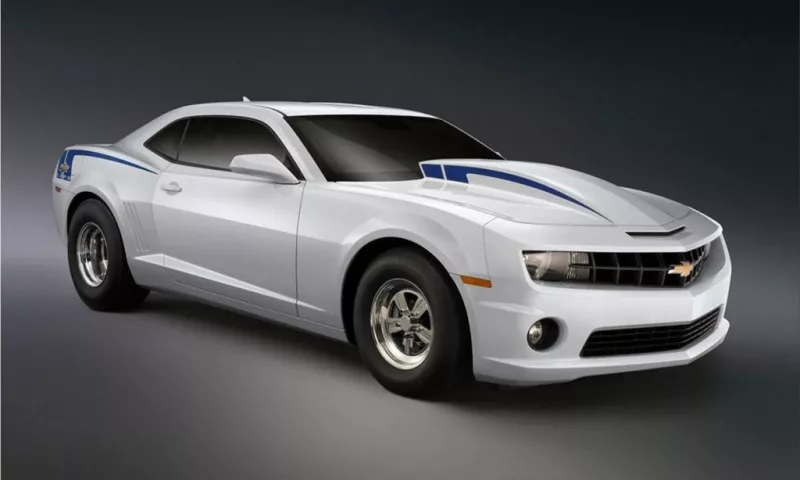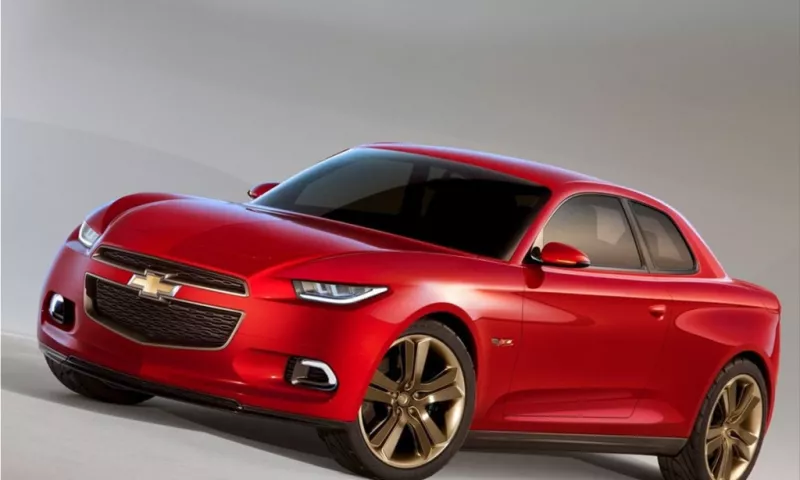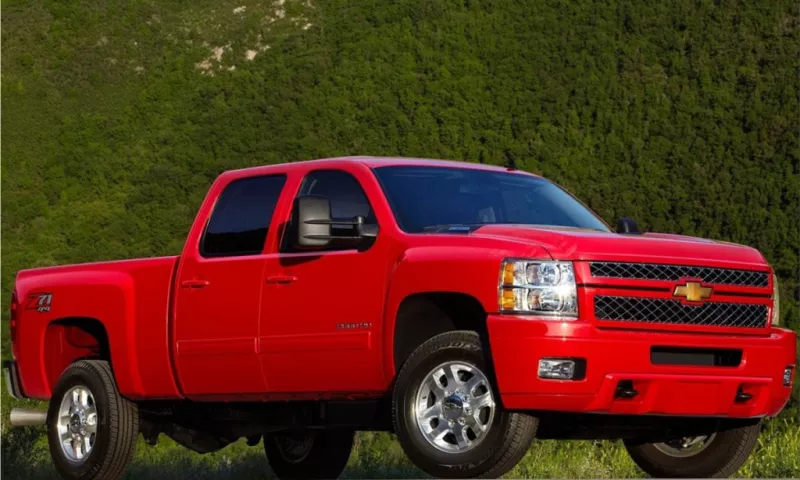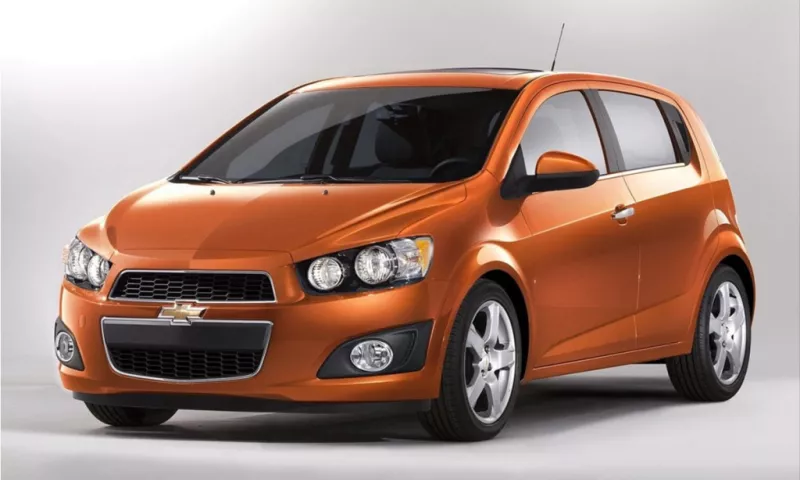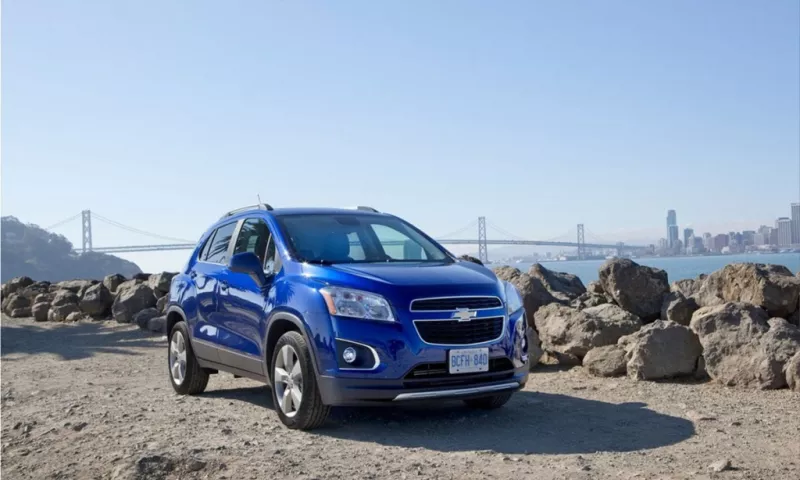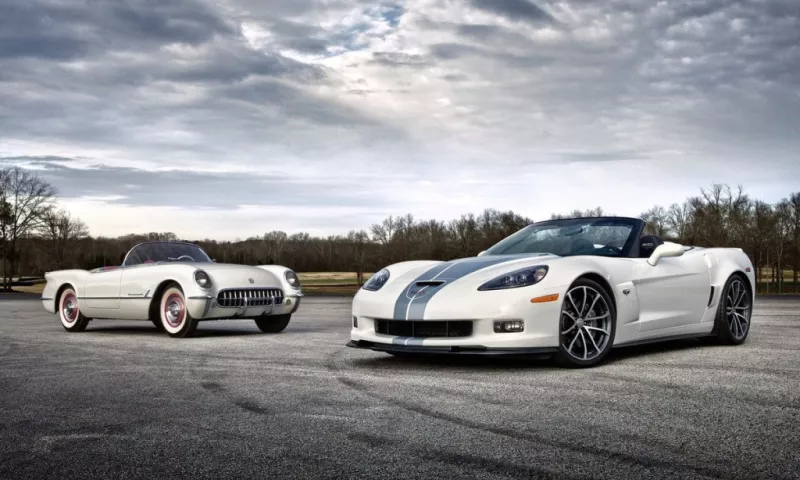Why the new Colorado matters in 2012
General Motors set a clear goal. Build a tough, efficient midsize pickup for global buyers. The all-new Chevrolet Colorado launches first in Thailand. GM spent five years and $2 billion USD to get here. The program spans five continents and over 60 target markets. The aim is simple. Deliver capability, tech, and value in one focused truck.
Program overview and market focus
GM’s Thai team leads launch and production. Engineers lived in Thailand to study use cases. They rode in trucks, watched loads, and logged road conditions. That field work shaped the Chevrolet Colorado lineup and tuning. The first wave targets Thailand’s fast-growing pickup market. The rollout then expands to other regions.
Key takeaways:
- GM invested $2 billion USD in development.
- The program targets 60+ markets with local needs.
- Thailand leads as the first sales market in 2012.
Configurations and choice
Chevrolet offers depth, not confusion. Buyers pick body, stance, and drive layout. Packaging remains clear and functional.
Body styles and stance options
- Single cab, extended cab, and crew cab.
- High-stance and low-stance configurations.
- Wide-body and narrow-body options.
Drivetrain layouts
- 2WD for efficiency and payload.
- 4WD for mixed terrain and work sites.
Colorado combinations in Thailand
Chevrolet lists 26 combinations at launch. That spread covers work fleets and private buyers. Each configuration keeps shared core hardware to control costs.
Chassis, frame, and tuning
The Chevrolet Colorado uses a global body-on-frame platform with rear-drive architecture. Engineers targeted durability, payload stability, and cabin refinement. They tuned two suspension levels to cover load and comfort needs. You feel the benefit in city traffic and on rural roads. The truck tracks straight with a load. It also rides clean when unladen.
What the chassis setup delivers
- Predictable handling with cargo or passengers.
- Noise control from mounts and frame isolation.
- Ride height options tied to duty cycle.
Powertrains: new Duramax diesels
GM designed a new Duramax turbo-diesel family for this truck. The focus is torque, range, and durability. Both engines are inline-four units. Both use components rated for 240,000 kilometers. The factory builds them in a new $200 million USD engine plant in Thailand.
Engine lineup and outputs
| Engine | Turbo | Power | Torque (Auto) | Torque (Manual) | Transmissions |
|---|---|---|---|---|---|
| 2.8-liter Duramax | Variable-geometry | 180 hp / 132 kW | 346 lb-ft / 470 Nm | 324 lb-ft / 440 Nm | 6-speed automatic, 5-speed manual |
| 2.5-liter Duramax | Fixed-geometry | 150 hp / 110 kW | 258 lb-ft / 350 Nm | 258 lb-ft / 350 Nm | 5-speed manual (market dependent) |
Highlights:
- The 2.8-liter uses a variable-geometry turbocharger and a balance shaft.
- The 2.5-liter targets lower acquisition cost and solid economy.
- Both engines focus on tractable torque for towing and hauling.
Transmission strategy
Chevrolet pairs the 2.8-liter with a 6-speed automatic or a 5-speed manual. The 2.5-liter emphasizes manual fitment to keep pricing lean. Ratios support low-speed torque and highway efficiency. Shift logic in the automatic holds gears under load and reduces hunting.
Towing, hauling, and daily use
Chevrolet sets the brief around real tasks. The Duramax torque supports trailers and bed payloads. The frame rails and crossmembers manage bending loads. The suspension tuning keeps the rear planted over broken pavement. City drivers get quick steering and predictable brake feel.
What buyers can expect:
- Confident low-rpm pull from both engines.
- Steady ride with mixed payloads.
- Clear step-in and tie-down access for daily work.
